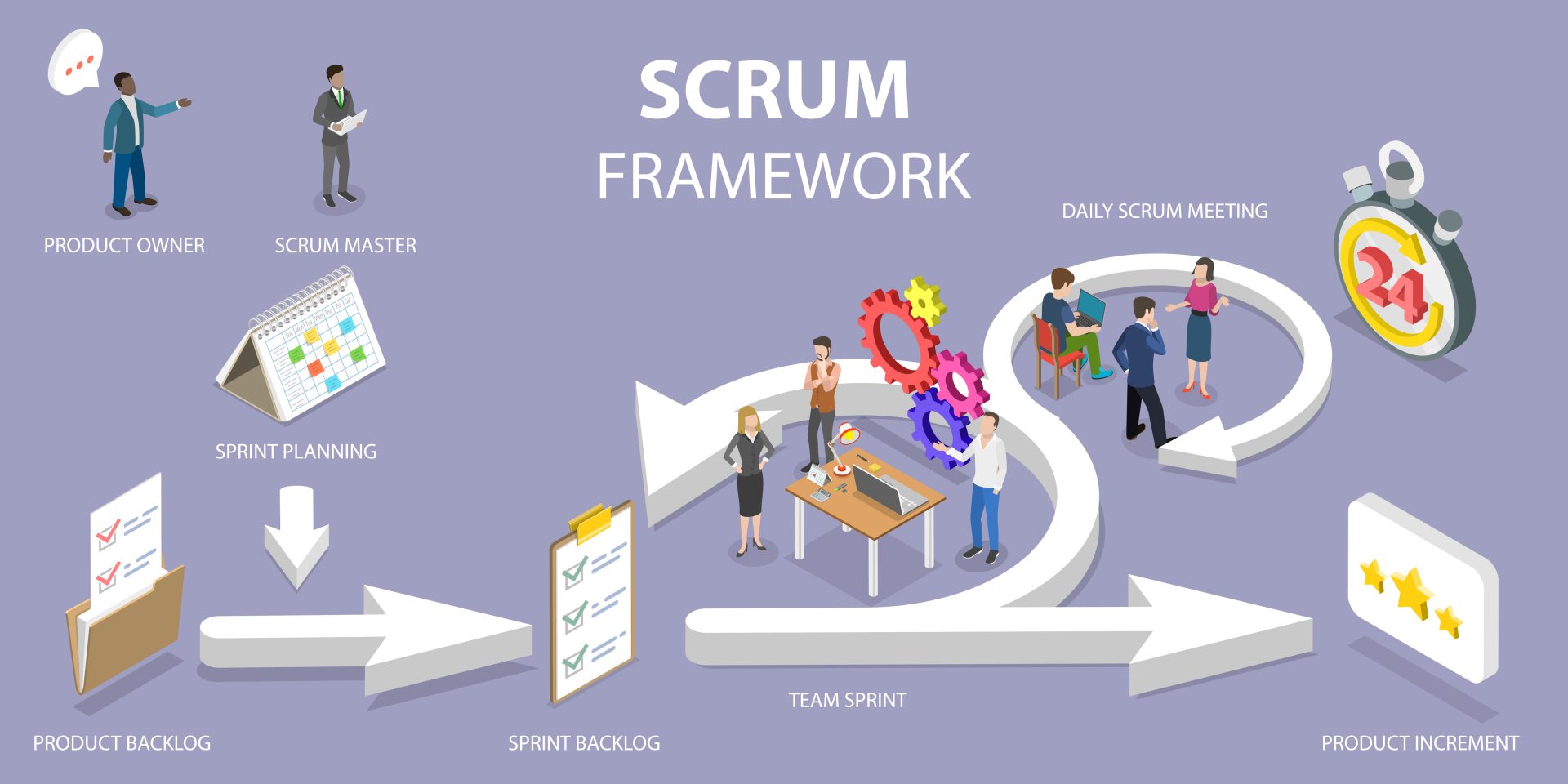Using the Fibonacci Sequence for Story Point Estimation
In Agile project management, particularly in Scrum, story point estimation helps teams assess the complexity and effort required to complete a user story without attaching that estimate to a calendar estimate but a level of effort.. A popular method for estimation involves using the Fibonacci sequence.
Everywhere I have been from Kronos where I started my Agile/Scrum journey, to Fidelity, Disney and Hallmark, calculating story points is always the biggest sticking point in the process. So many folks want to fall back to using the points as days but I’ve always found that this method leads to inaccuracies in the process. I’ve always believed myself that using the points as estimates of level of effort and skill have always given the best results allowing teams to better tune their story pointing skills and estimating the overall max story points a team can produce in a defined sprint period.
Here’s how it works and why it’s effective:
What is the Fibonacci Sequence?
The Fibonacci sequence is a series of numbers where each number is the sum of the two preceding ones, typically starting with 0 and 1. The sequence goes like this:
0, 1, 1, 2, 3, 5, 8, 13, 21, 34, …
In Agile, we often use a modified version of this sequence, skipping the lower numbers for simplicity and effectiveness:
1, 2, 3, 5, 8, 13, 21, …
Benefits of Using Fibonacci for Estimation
- Emphasizes Relative Estimation: The gaps between numbers in the Fibonacci sequence reflect increasing uncertainty and complexity. This helps teams communicate more effectively about the size of a task.
- Promotes Consensus: When using techniques like Planning Poker, team members estimate user stories privately using cards with Fibonacci numbers. After discussing the story, they reveal their cards simultaneously, facilitating discussion and reaching a consensus more naturally.
- Encourages Simplicity: By using a simplified scale, teams focus on broad estimates rather than getting bogged down in details. This reduces analysis paralysis and helps in maintaining a steady workflow.
Implementing Fibonacci Estimation
- Prepare the Backlog: Ensure that your user stories are well-defined and ready for estimation.
- Conduct Estimation Meeting: Gather the team for a sprint planning meeting or an estimation session. Ensure everyone understands the user stories being discussed.
- Use Planning Poker: Each team member selects a card with a Fibonacci number to represent their estimate for a user story. This ensures that each members thoughts and skill level are applied to an averaged solution instead of one voice ruling the estimation.
- Discuss and Revise: If there is a significant variance in estimates, have a discussion to understand different perspectives and reassess the estimates as needed. You would normally have the individuals with the largest or smallest estimates justify their numbers to the group to see if they may have seen more than other had seen.
- Finalize Estimates: After thorough discussion, agree on a final story point value for each user story.
Conclusion
Using the Fibonacci sequence for story point estimation not only provides a structured way of assessing complexity and effort but also enhances communication within Agile teams. By embracing this method, teams can improve their planning accuracy and ensure smoother project execution.



